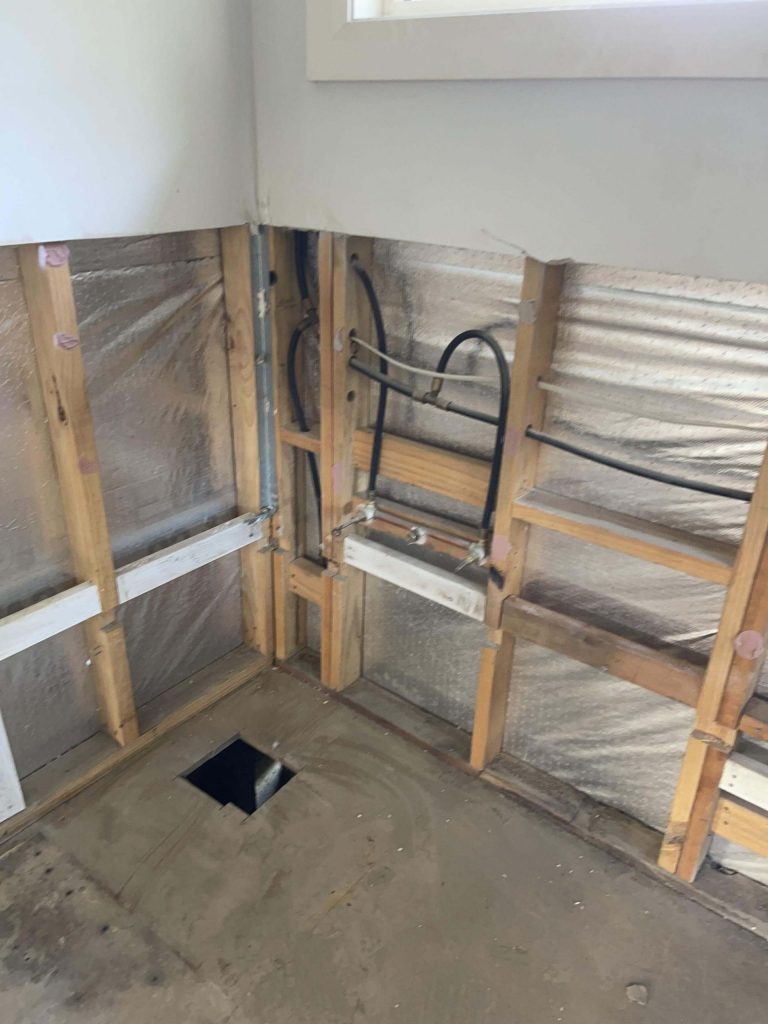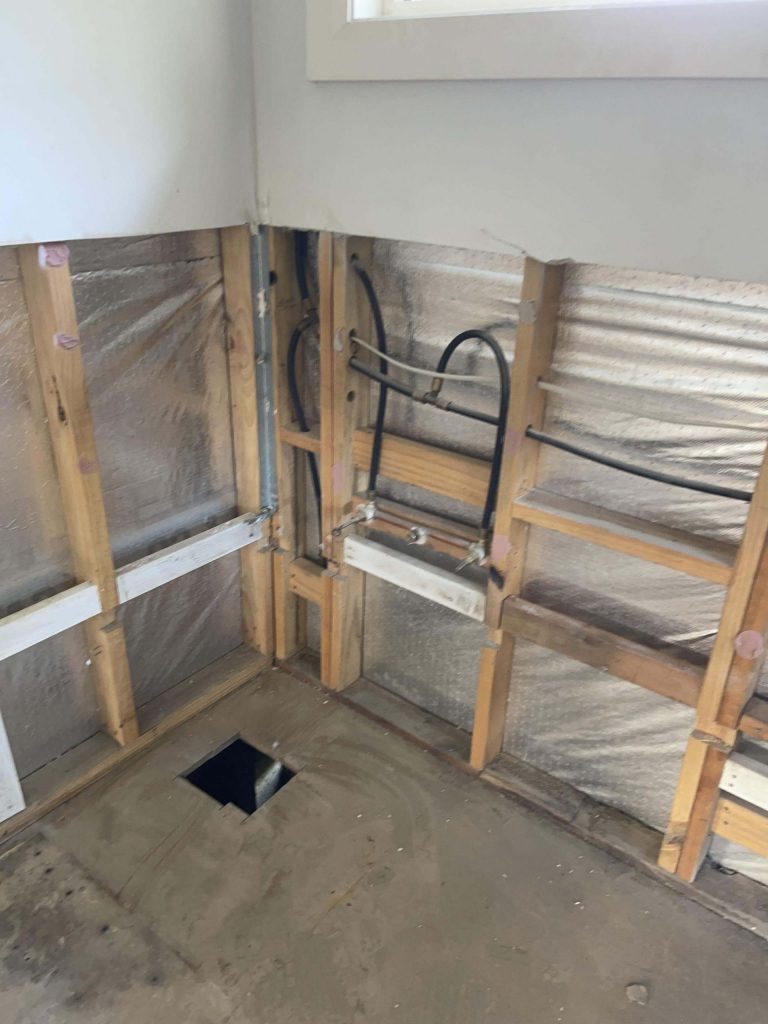Mould Removal Service for Mould Damage
Mould Removal Service For Mould Damage
If you’ve experienced water damage or moisture problems in your home or business, mould growth can quickly become a serious issue. Mould can start to form in 12-24 hours, and can be visible in as little as 72 hours. If you notice mould growing, the first step is to get rid of it as soon as possible.
There are many questions to be answered:
- What kind of mould is it?
- Is it dangerous?
- Is all mould bad?
- What is the cause?
- What is the most effective way to get rid of my mould problem?
- How can it be prevented?
While most mould is not a serious problem, even harmless mould can grow to large numbers if given the chance. Large amounts of normal environment mould can overwhelm your immune system so removing active mould growth is important. The next question is “how?”

How Do You Prevent Mould Growth ?
Mould requires a range of temperatures, organic matter to feed itself and moisture. Because indoor environments are almost always in the first two categories, high humidity for long periods of time is the most important factor. Even if you remove all visible water, you’ll still have high ambient humidity levels and saturated materials to deal with.
Unnoticed maintenance issues that produce moisture – like dripping pipes or air conditioners – are the second most common cause of mould.
Your plan of action should include a mould specialist and a restoration specialist who can do an initial assessment and suggest remediation measures.
Professional Mould Remediation
When it comes to mold removal, DFM’s teams are passionate and professional. We offer comprehensive mold remediation services that include full structural dry and dehumidization, containment, decontamination, and the removal of contaminated materials.
Stop It Before It Grows
Mould remediation requires a unique blend of training and expertise. DFM’s expert mould removal teams are recognized as the best in the business.
Our professional mould mitigation services include:
- Initial Air Quality Testing
- Mould Identification
- Safety Barriers and Measures
- Cross-Contamination Prevention
- Mould Removal
- Structural Drying and Dehumidification
- HVAC Cleaning
- Decontamination
- Disposal - Mould Cleanup Services
- Final Clearance Testing
- Reconstruction

Properly Structural Drying Prevent Mould Growth
- Measure the moisture levels of all affected building components to identify where the water damage occurred.
- Track and measure hidden moisture, such as ceiling plenums or wall cavities.
- Equipment must be correctly positioned to dry quickly.
- Record and report daily moisture readings (critical defense in case of a health claim).
- Establish the normal moisture level of the building and document goal achievement.
Our certified technicians use the latest commercial air conditioning and dehumidifying equipment on the market and adhere to all indoor air quality regulations.
GET YOUR ESTIMATE TODAY
Fill out the form to the right and one of our representatives will contact you shortly with a estimate or to get more details to provide you with a quote. Need to speak with a live person? Call us today at 0411321019 and we will answer all your questions.
Error: Contact form not found.
Frequently Asked Questions
If you don’t find your question listed here, feel free to reach out to us , we are more than happy to assist you!
Mould enters your home in the form of tiny spores. When the environment is moist, these spores can grow, spread and damage the surfaces they’re sitting on. Mold can grow on your ceiling tiles, on wood, on wallpaper, on paint, on carpet, on insulation and on drywall. While there’s no way to get rid of all mould spores, you can manage their growth by preventing leaks, floods and high humidity in your home.
Basements, Attic Walls, Insulation, Ceilings, Wooden Joists near Pipe Condensation, Leaking Air Conditioning Units, Broken Windows or Frames, Foundation Cracks, Under-sink Linoleum where Leaking Leaks are, Under moist Carpet, Under wallpaper and Wall Paneling and more.
One of the most commonly asked questions about mould removal is this: “Do I need a licensed contractor to remove the mould?” The answer to this question is a resounding “YES!” Make sure you contact a licensed contractor as soon as possible.
Mould spores can cross contaminate your property, so it’s important to be aware of cross contamination.
It’s also a good idea to keep an eye on any areas that are prone to moisture, such as your bathroom, kitchen, basement, and attic.
Mould can take within 48 to 72 hours to grow and can colonize anywhere from one day to two weeks.
It’s impossible to completely prevent mould growth, but you can keep your home in good condition by regularly cleaning and maintaining your AC and heating systems, which can increase the growth of mould in your home.
The process of cutting out and cleaning disturbs the spores throughout the house, resulting in more mould problems. If you decided to fix it yourself, you’d need to construct a seal using negative pressure and equipment. There are additional legal requirements to follow to ensure that the mould is completely removed. It’s much safer to hire an experienced professional who is trained and capable of removing the mould with minimal disruption to your home or business to protect you and your family.
Mould can return if the reason it started to grow in the first place isn’t addressed. That’s why experts need to identify the root cause before fixing and removing it.
